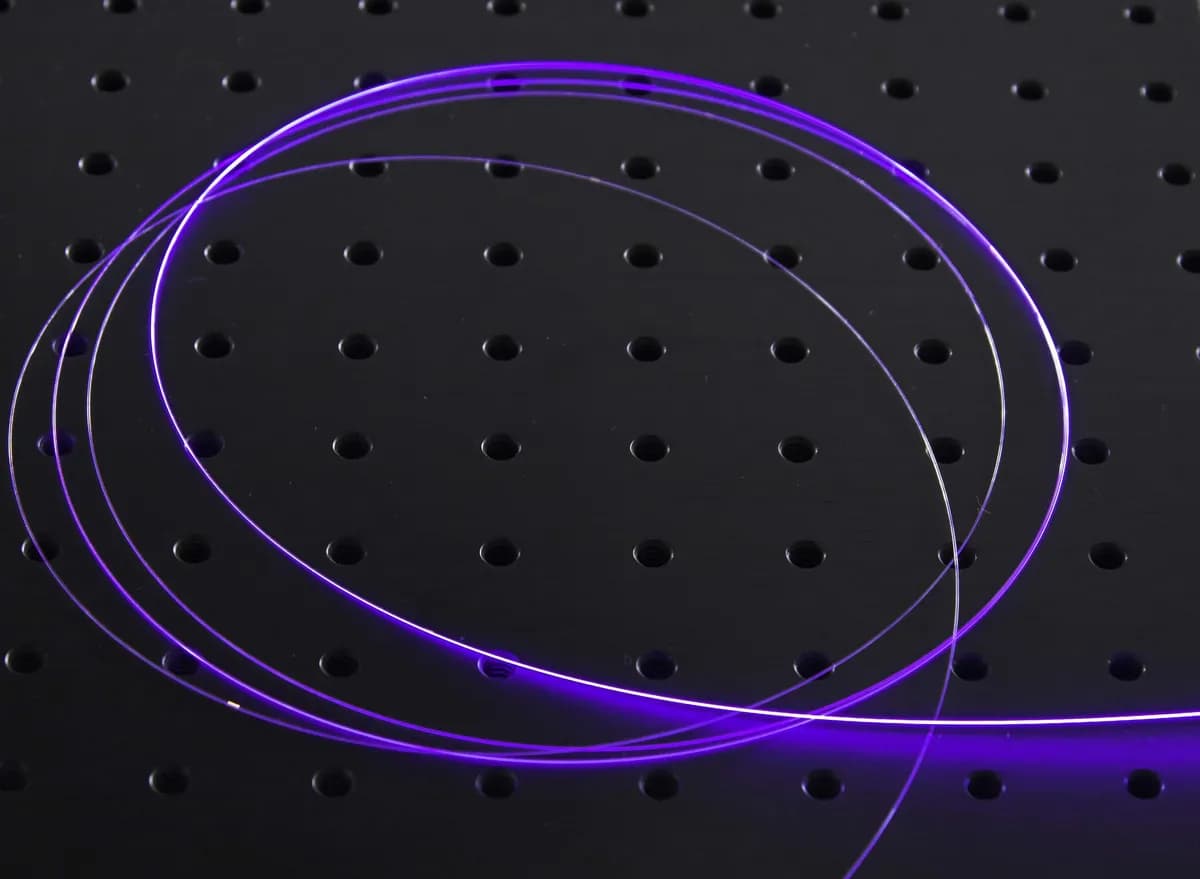In 1985, Robert Mears’s EDFA was just gearing up to interconnect the world.
Plenty of big stories from the year 1985 had their moment in the sun and are now all but forgotten: New Coke, “We Are the World,” the rise of desktop publishing.
But one at-the-time obscure invention from that year has long eclipsed the frothy headlines of its time, because it comprises no small part of the communications infrastructure holding together the modern Internet.
In 1985, then graduate student Robert Mears first described the erbium-doped fiber amplifier (EDFA), a device that uses the energy from a laser to amplify signals passing through a chemically modified optical fiber.
The EDFA allows optical signals to cover transcontinental distances without needing to be decoded into electronic bits.
It also enables the telecom carriers to pack terabits per second of signals into individual undersea optical fibers.
Without it, long-distance telecommunication would be limited and expensive.
Mears announced the achievement in a 1985 paper in IEEE’s Electronics Lettersjournal.
(Today Mears is CTO and founder of the silicon-performance boosting company Atomera.)
In an exchange with IEEE Spectrum, Mears discussed the impact of his 1985 paper and how it led to his current work, a method of chemically modifying silicon crystal growth to improve transistor function and reliability.
Read the full story: ![]()
